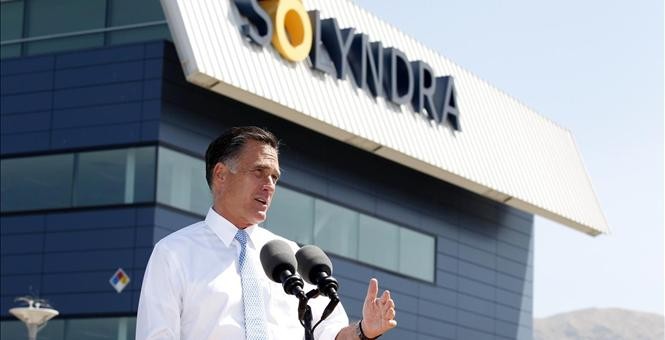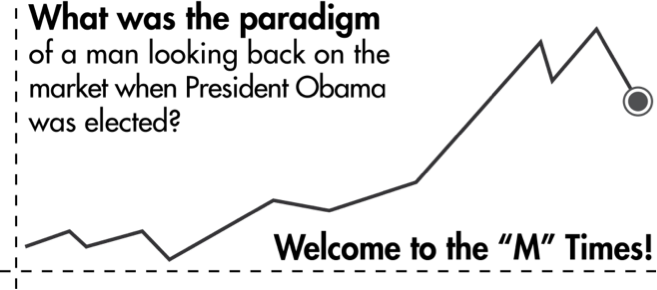Investing Strategies for Conservative Investors and President Obama
Post on: 1 Июнь, 2015 No Comment

Despite the record run of the Dow Jones Industrial Average and S&P 500, many investors continue to sit on the sidelines, preferring capital preservation to wealth creation. It could be because they don’t trust the current bull market or the conflicting economic data trickling in. Many investors could also be playing it safe in light of the Great Recession that began in late 2007.
Taking a conservative stance generally entails considering lower-risk investing options like fixed-income Treasury bonds and blue-chip stocks—again, wealth preservation, not wealth creation. For many, this is a safe and steady strategy that a lot of conservative investors have been gravitating towards.
But for conservative investors looking for more growth, there are other options out there.
On Wednesday, May 15, the White House released the President’s financial disclosure forms, which includes his financial interests. Aside from a couple checking accounts, the President is heavily invested in index funds for his retirement; in particular, the Vanguard 500 Index Fund (VFINX). (Source: “Public Financial Disclosure Report,” The White House web site, last accessed May 15, 2013.)
The Vanguard 500 Index Fund invests in 500 of the largest U.S. companies, which span many different industries and account for about three-quarters of the U.S. stock market’s value. The fund returned 13.8% over the last year and 12.5% over the last three years. The Vanguard 500 Index Fund also has a $3,000 minimum investment. (Source: “Vanguard 500 Index Fund Investor Shares,” The Vanguard Group, Inc. web site, last accessed May 17, 2013.)
Investors interested in mutual funds need to contact either the company or their financial advisor to get involved.
Investors not interested in mutual funds can still get involved with the Vanguard 500 Index Fund through the lower-cost exchange-traded fund (ETF) version. Over the last year, the Vanguard S&P 500 ETF (NYSEArca/VOO) returned 13.9%; since its inception in 2010, it has returned 17.68%—slightly behind the benchmark’s 17.72% return. (Source: vanguard.com, “Vanguard S&P 500 ETF,” The Vanguard Group, Inc. web site, last accessed May 17, 2013.)
Those who do not want to follow President Obama’s retirement-planning strategy can consider any number of ETFs suitable for even the most conservative investors.

The iShares S&P Conservative Allocation (NYSEArca/AOK) seeks to track the S&P Target Risk Conservative Index. The fund contains a large portion of fixed-income assets and a smaller concentration of equities to generate current income. Currently trading near $31.70, the fund is up 3.7% year-to-date and 9.4% year-over-year.
The Vanguard Total Stock Market ETF (NYSEArca/VTI) tracks the performance of the MSCI US Broad Market Index, which represents approximately 99.5% or more of the total market capitalization of all the U.S. common stocks regularly traded on the NYSE and the NASDAQ. The fund trades near $85.60 and is up 15.4% year-to-date and 30.2% year-over-year. (Source: vanguard, “Vanguard Total Stock Market ETF,” The Vanguard Group, Inc. web site, last accessed May 17, 2013.)
A lot of conservative investors miss out on solid returns because they are afraid of losing money, sticking to traditional investment vehicles like blue-chip stocks and bonds instead. Fortunately, there are a large number of conservative ETFs out there that are providing much better returns.
Instead of over-protecting yourself from the stock market, it might be better to consider a little exposure with conservative ETFs.














